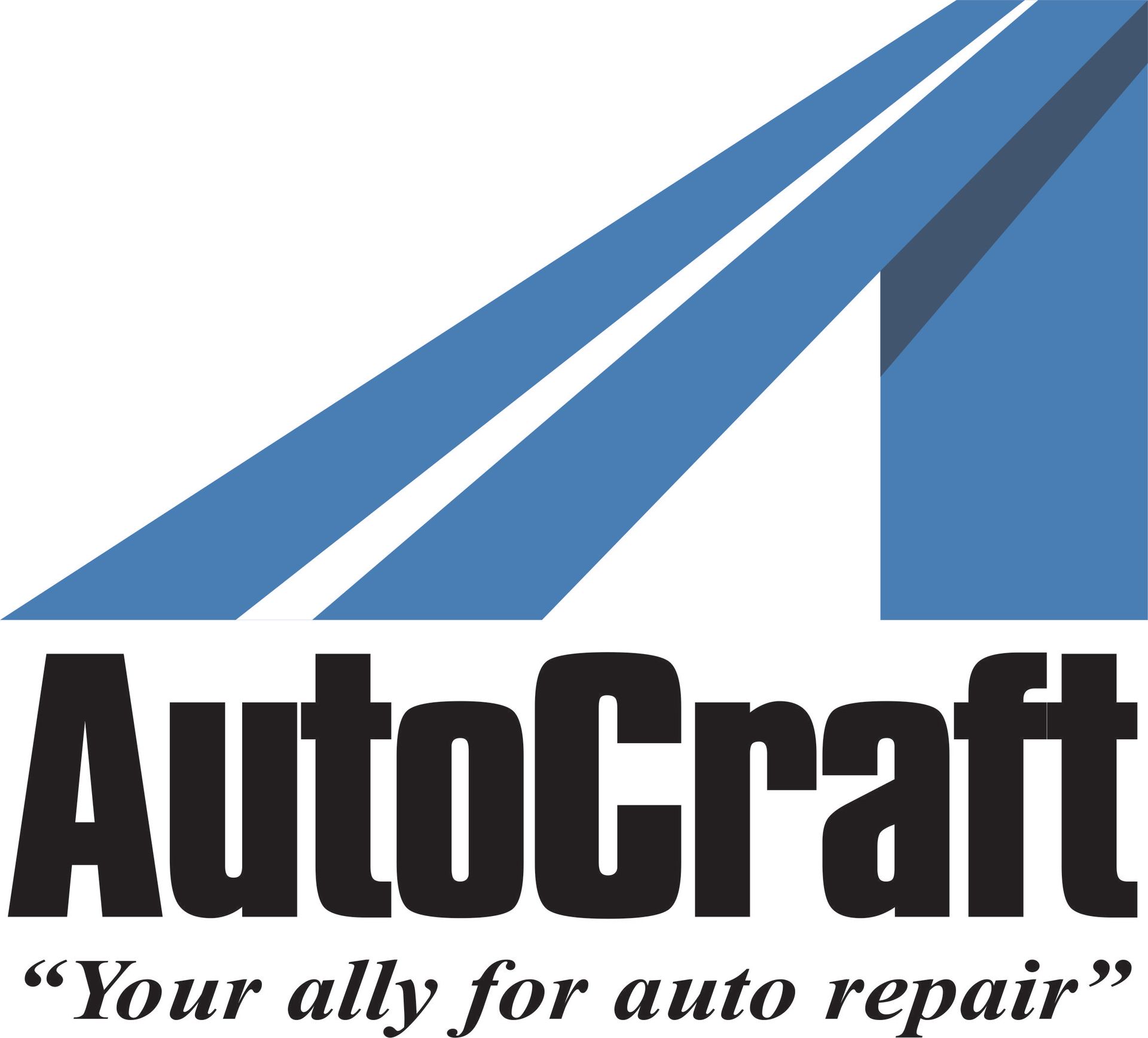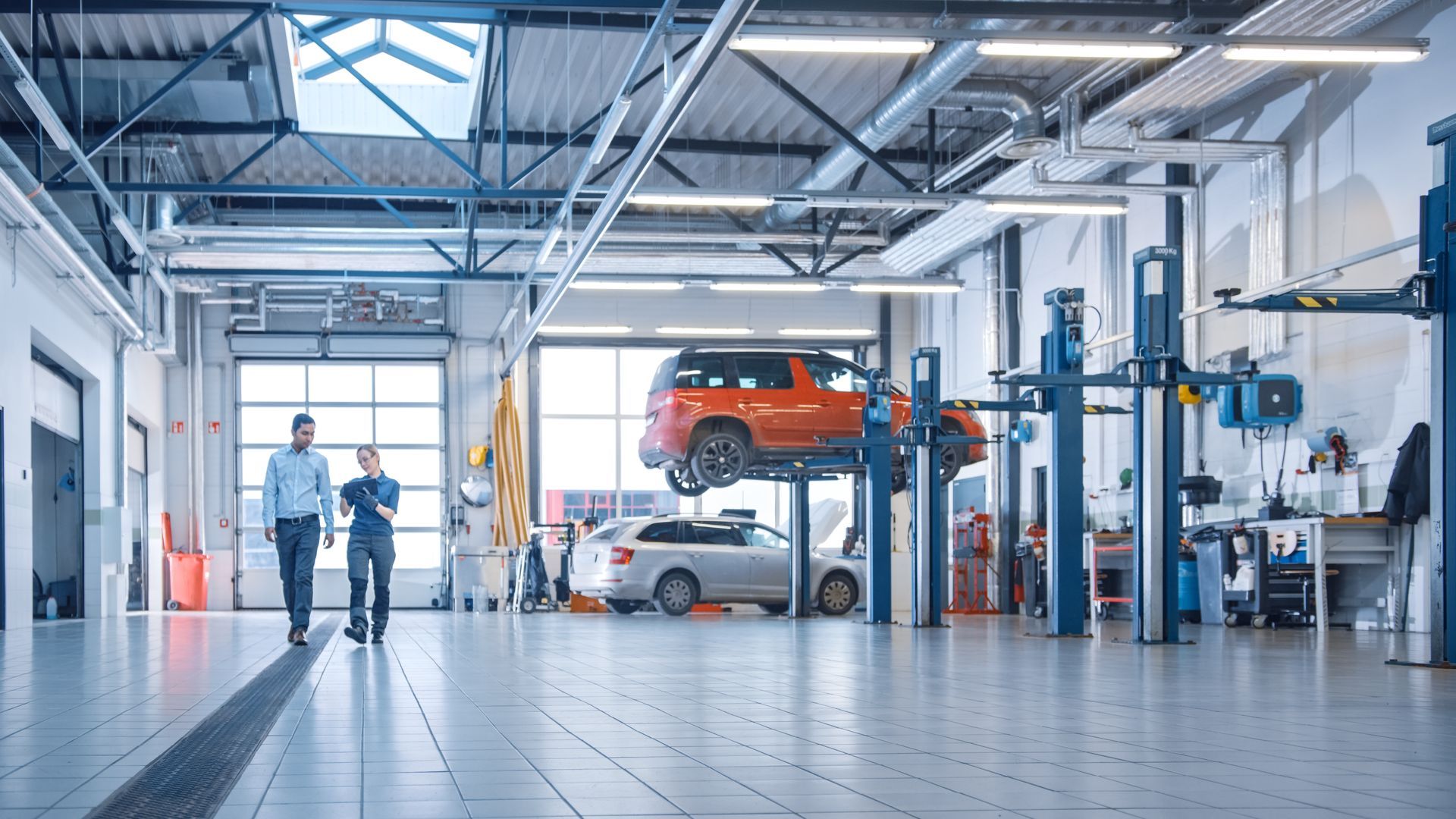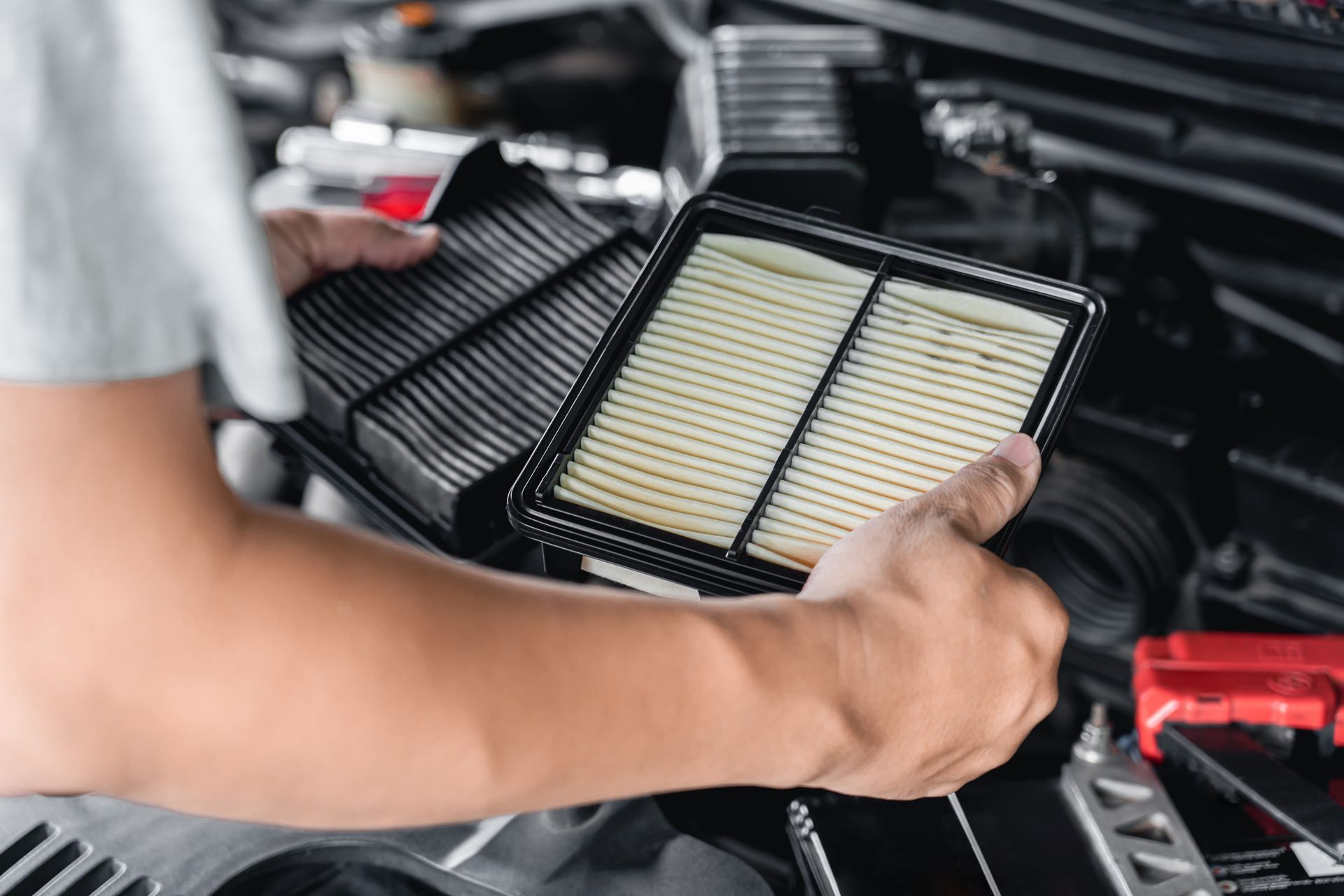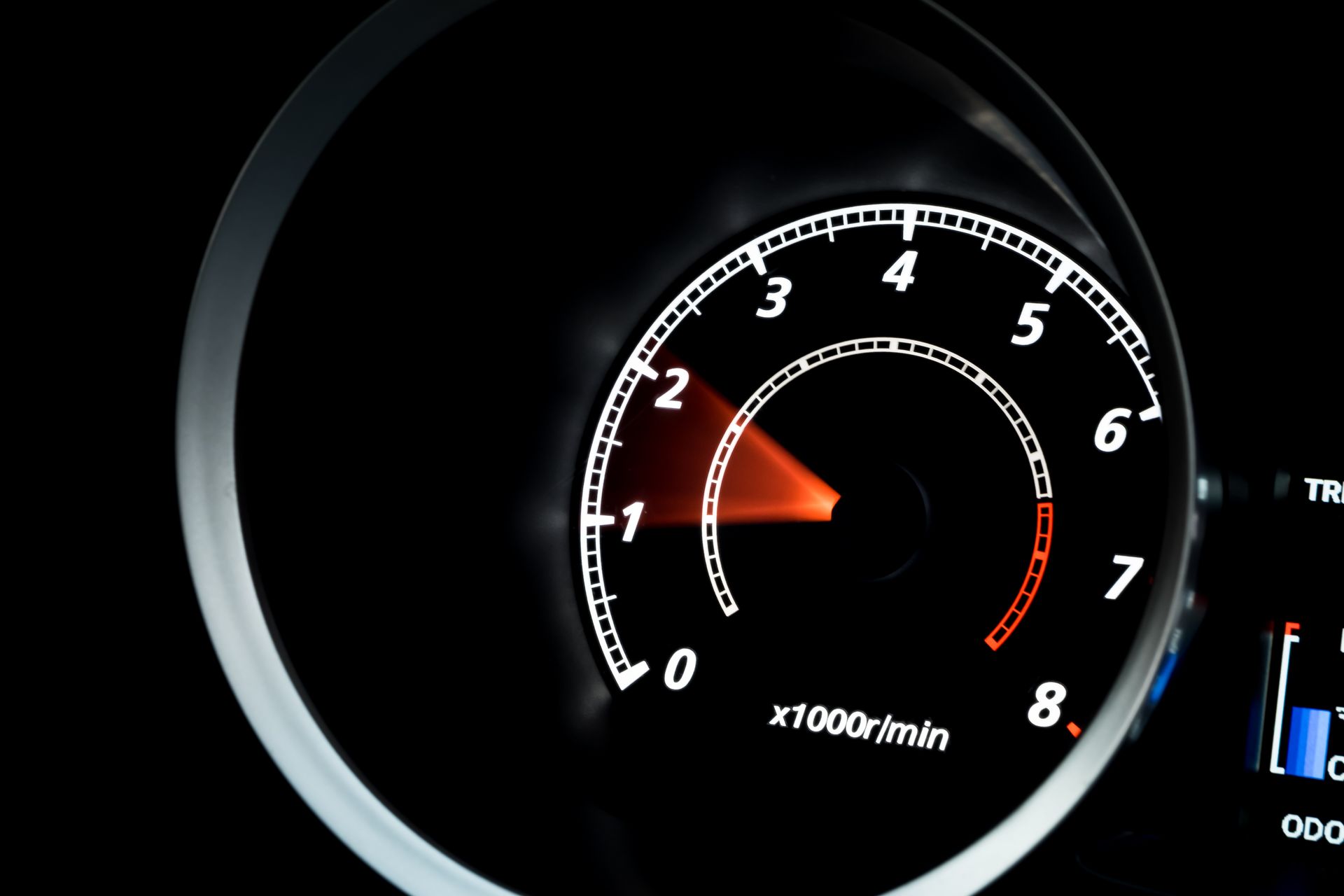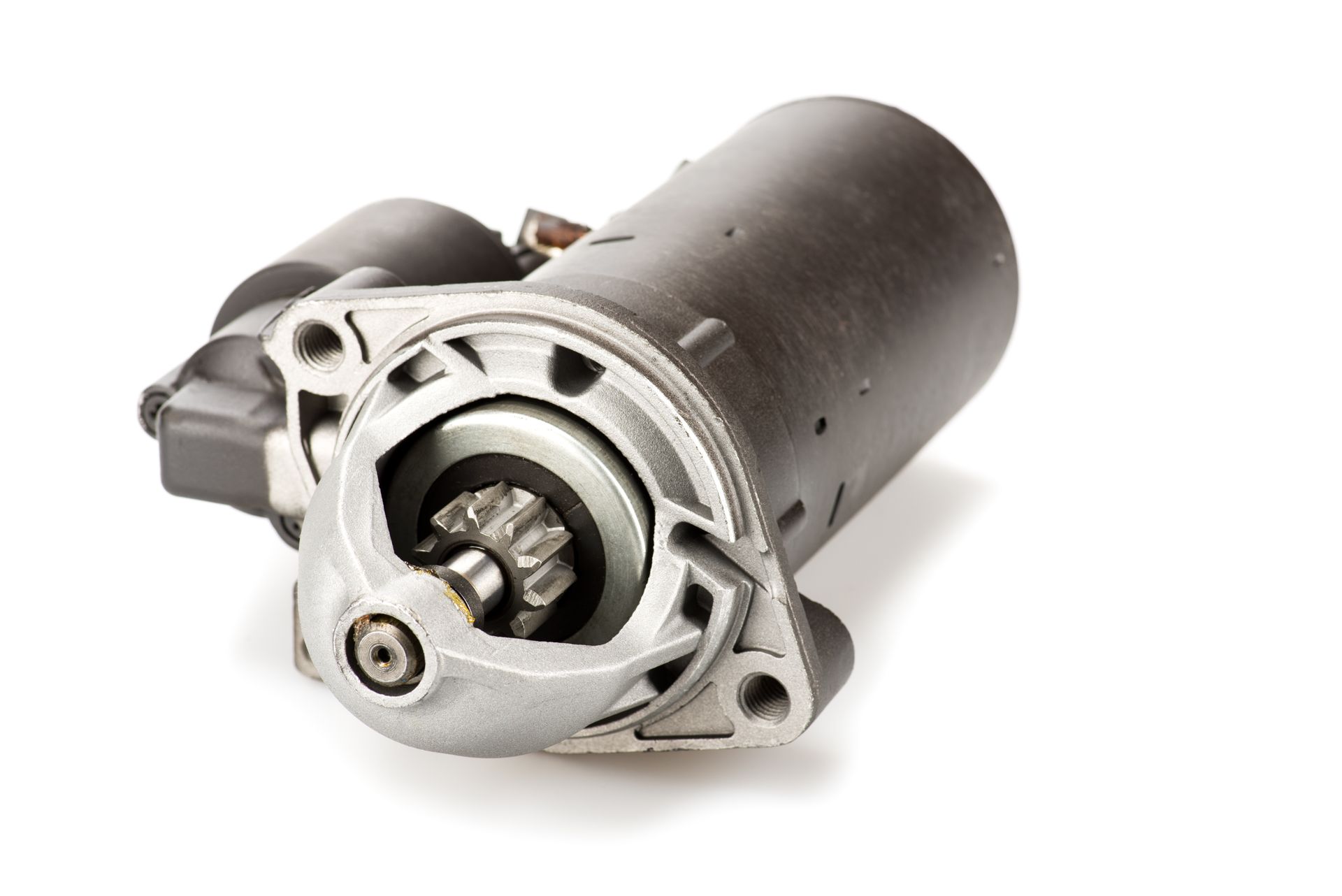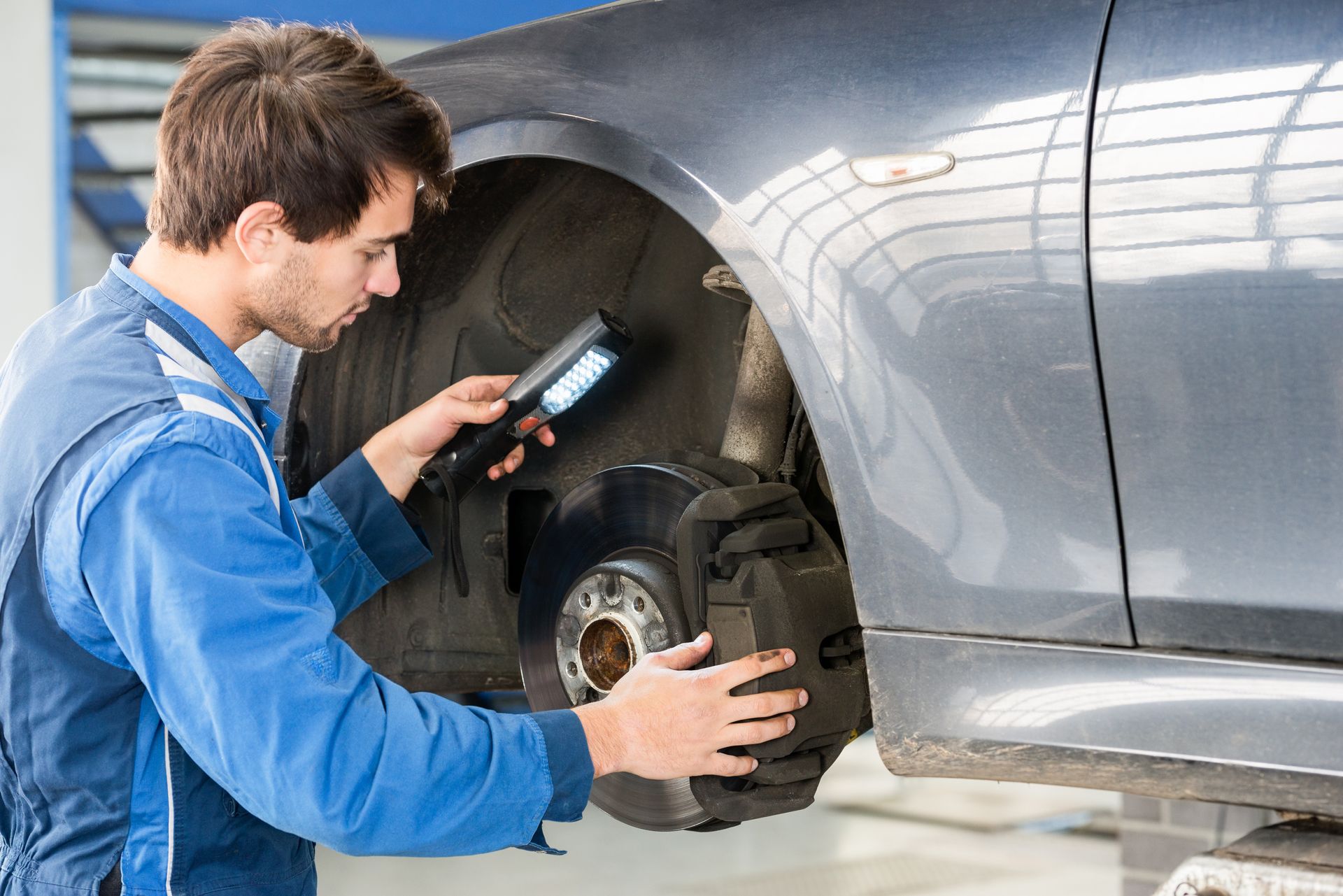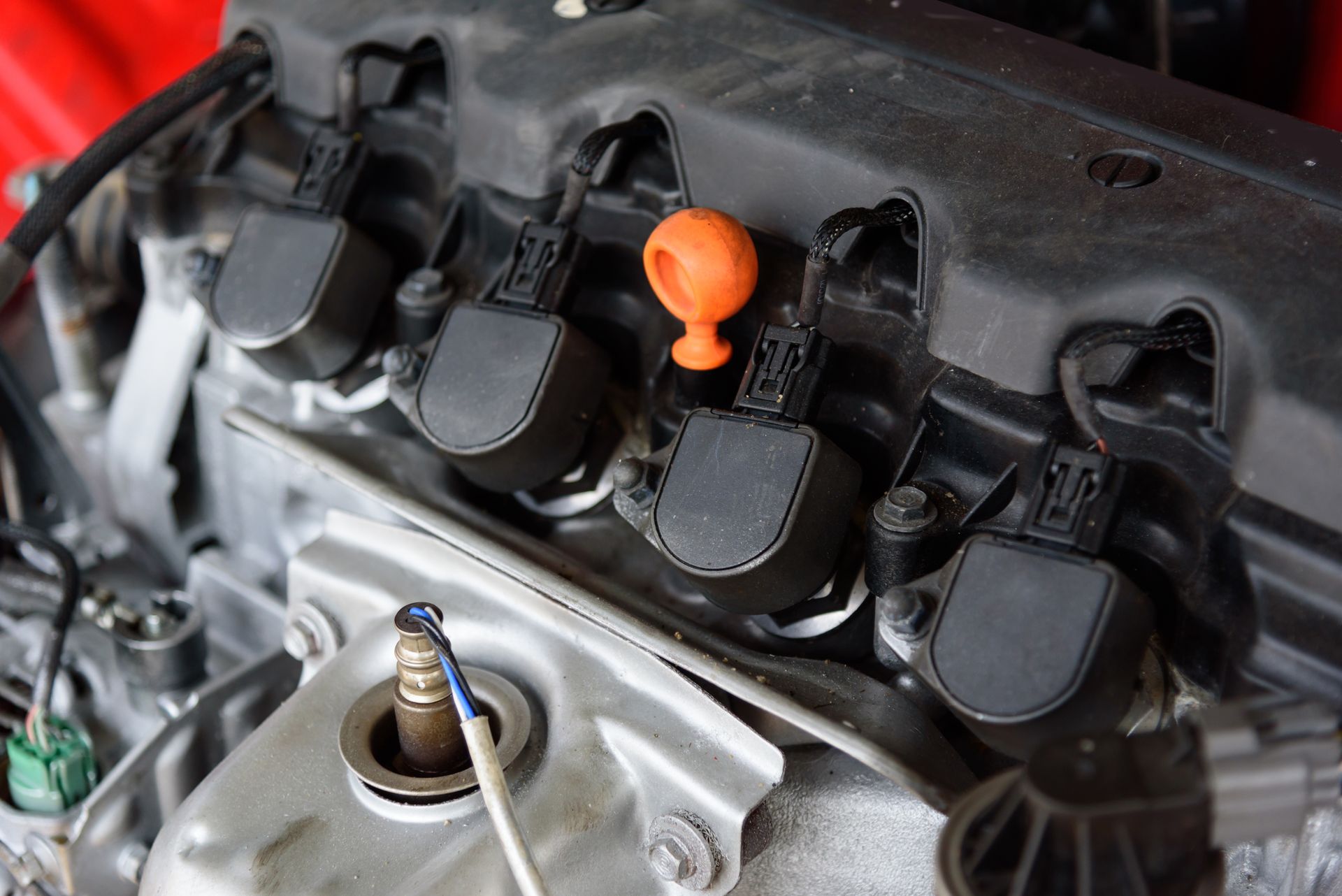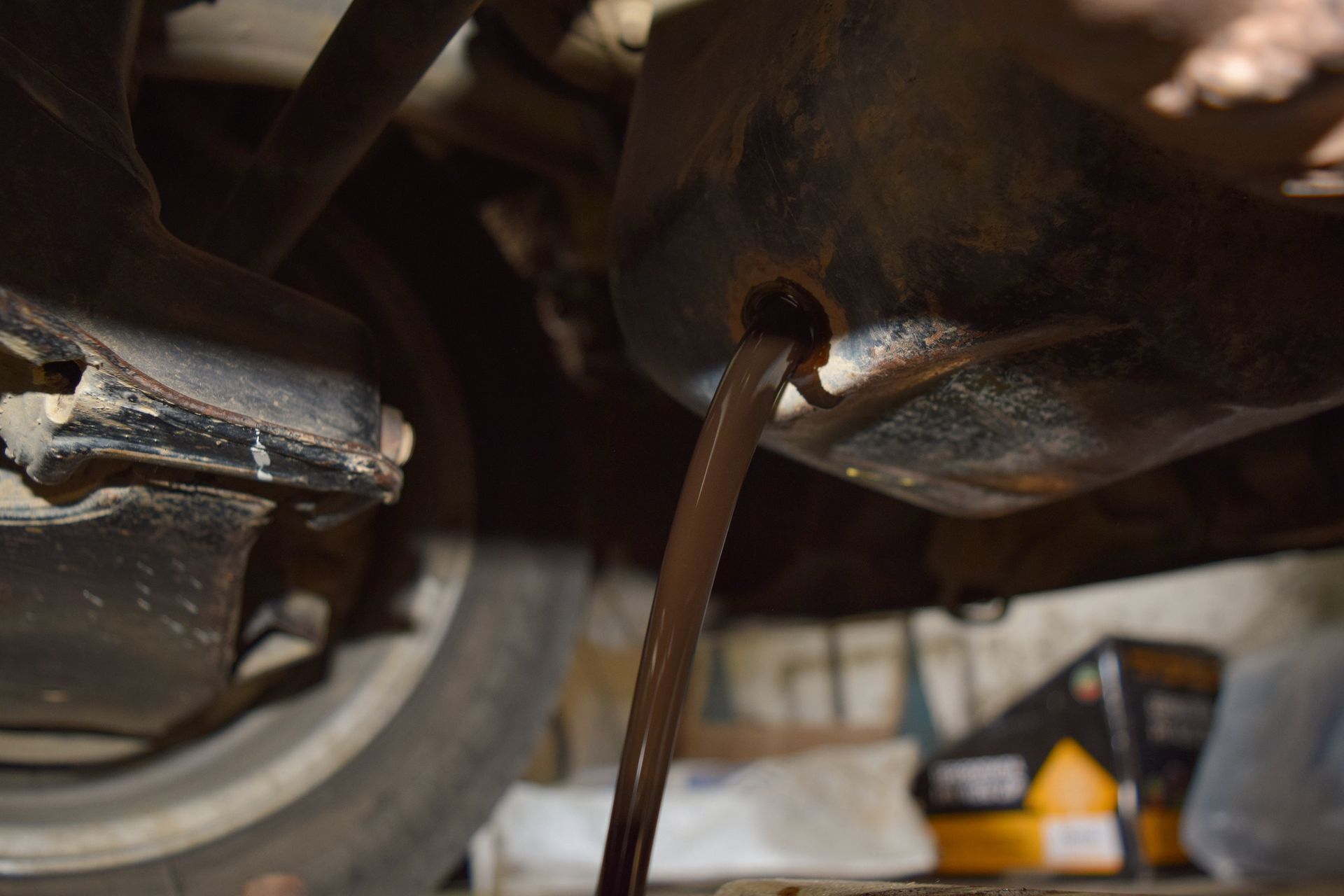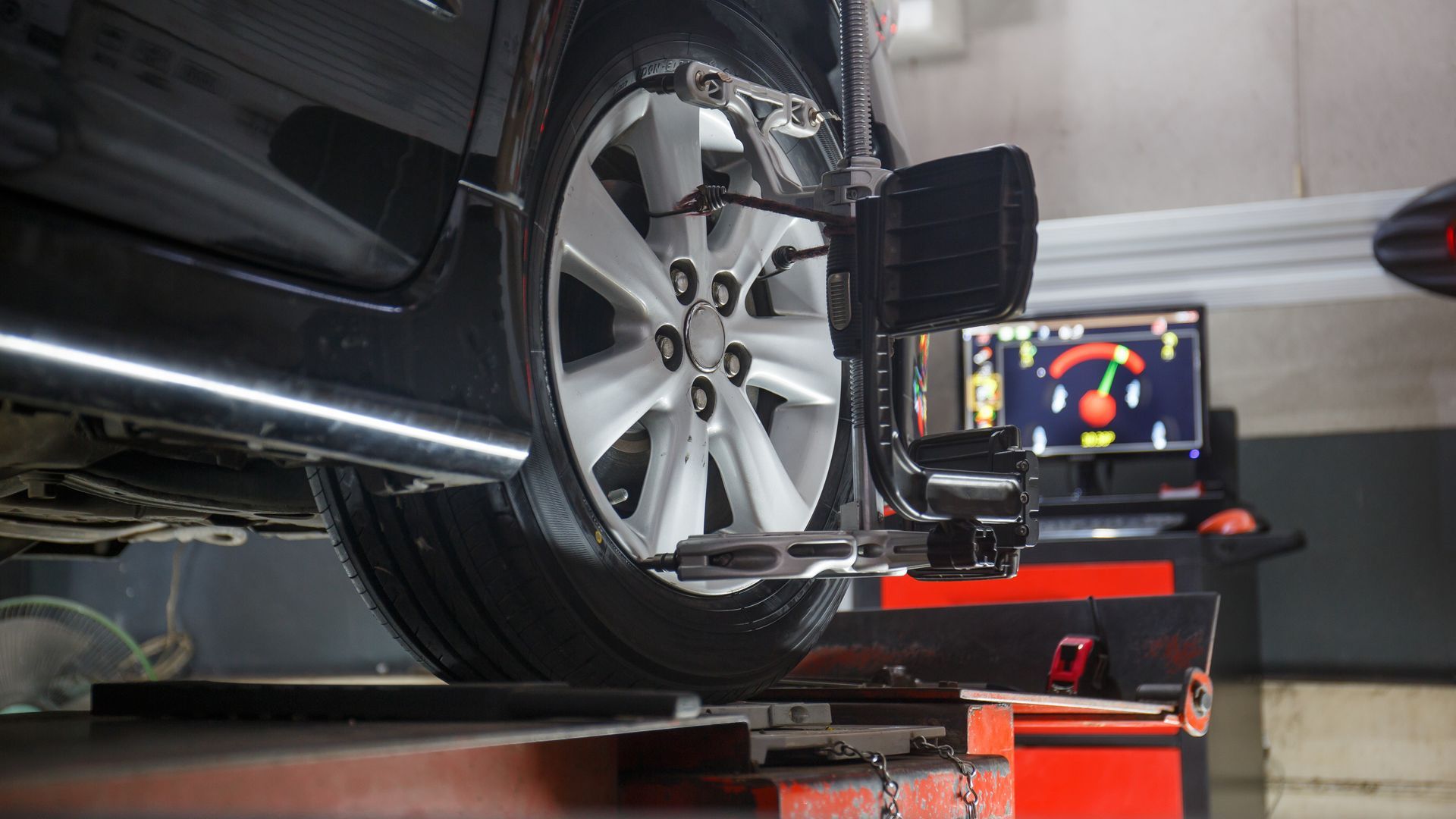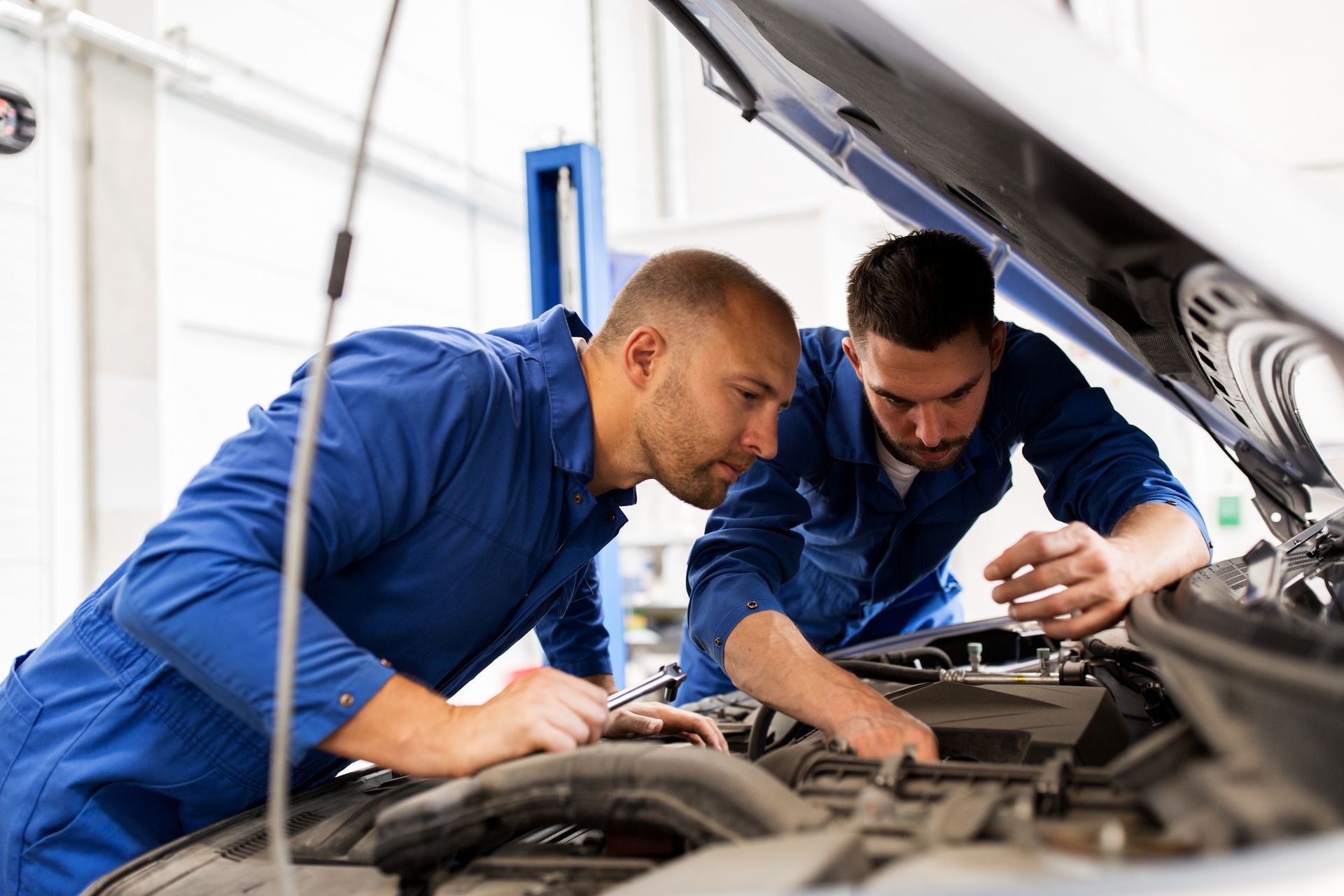If your car's battery warning light comes on or your headlights start to dim unexpectedly, you might be dealing with a failing alternator. While your vehicle may still run for a while after the alternator starts to go bad, continuing to drive in that condition can quickly leave you stranded. The alternator is essential for keeping your vehicle powered and your battery charged, and when it fails, you’re on borrowed time.
So, can you drive with a bad alternator?
What the Alternator Does In Your Car
The alternator is a key part of your vehicle’s charging system. Its main job is to keep the battery charged while the engine is running and to power your vehicle’s electronics, including lights, radio, power windows, and air conditioning.
When the alternator is working properly, it ensures your battery always has enough charge to start the car and keep electrical systems operating. But when the alternator fails, the battery starts supplying all the power, and it wasn’t designed for that. Once the battery is drained, your car will shut down.
Early Signs of a Bad Alternator
Knowing the warning signs can help you act before you're left stuck on the side of the road. Common symptoms of a failing alternator include:
- Dim or flickering headlights
- Electrical issues like malfunctioning power windows or dashboard lights
- A whining or grinding noise from the engine
- The battery warning light on the dashboard
- A dead battery despite recent replacement
If you notice any of these issues, your vehicle’s alternator may be struggling to provide sufficient power.
How Long Can You Drive With a Failing Alternator
If your alternator fails completely, your vehicle will only run as long as the battery can hold a charge—usually no more than 30 minutes to an hour. Running high-drain electronics like headlights, the radio, or air conditioning will reduce that time even more.
Even if the alternator isn’t completely dead, driving with a weak one is risky. Voltage may fluctuate, leading to stalling, poor engine performance, or electrical malfunctions. If your vehicle has electronically controlled systems, you might lose power steering assistance or have trouble shifting.
What Happens if You Keep Driving
Continuing to drive with a bad alternator can create a domino effect of failures. A completely drained battery may become permanently damaged and require replacement. If electronic control is affected, critical systems like the fuel pump, ignition coils, and even the transmission may fail.
In modern vehicles, computers and sensors rely on stable voltage. An inconsistent power supply can cause erratic engine behavior, warning lights, or even damage to the vehicle’s onboard electronics.
When to Replace or Repair the Alternator
If diagnostics confirm that your alternator is the problem, don’t wait to replace or repair it. A qualified technician can test the alternator output, inspect the drive belt and wiring, and install a new alternator if needed. In some cases, the issue may be due to a faulty voltage regulator or loose belt rather than the alternator itself.
Replacing the alternator restores the proper balance in your vehicle’s charging system and ensures all electrical components operate reliably again.
AutoCraft – Charging System Experts in Spokane Valley, WA
At AutoCraft in Spokane Valley, we help drivers stay powered up and protected with professional alternator diagnostics and repairs. If your lights are dimming or your car’s electrical systems are acting strange, bring your vehicle to one of our two convenient locations. Our experienced technicians will test your alternator, battery, and charging system to find the problem and fix it fast.
Don’t risk a breakdown, so visit one of our AutoCraft locations today for reliable service and peace of mind.
- AutoCraft - Dishman
- AutoCraft - Veradale
